Destinations have started selling the idea of wellness travel to visitors. Over the last few years of traveling, I’ve spotted a concentrated emphasis on proactive health well beyond the attachment of a spa or the availability of a gym at a hotel or resort. With the fall travel season upon us, why not hit the road and enjoy a healthful getaway!
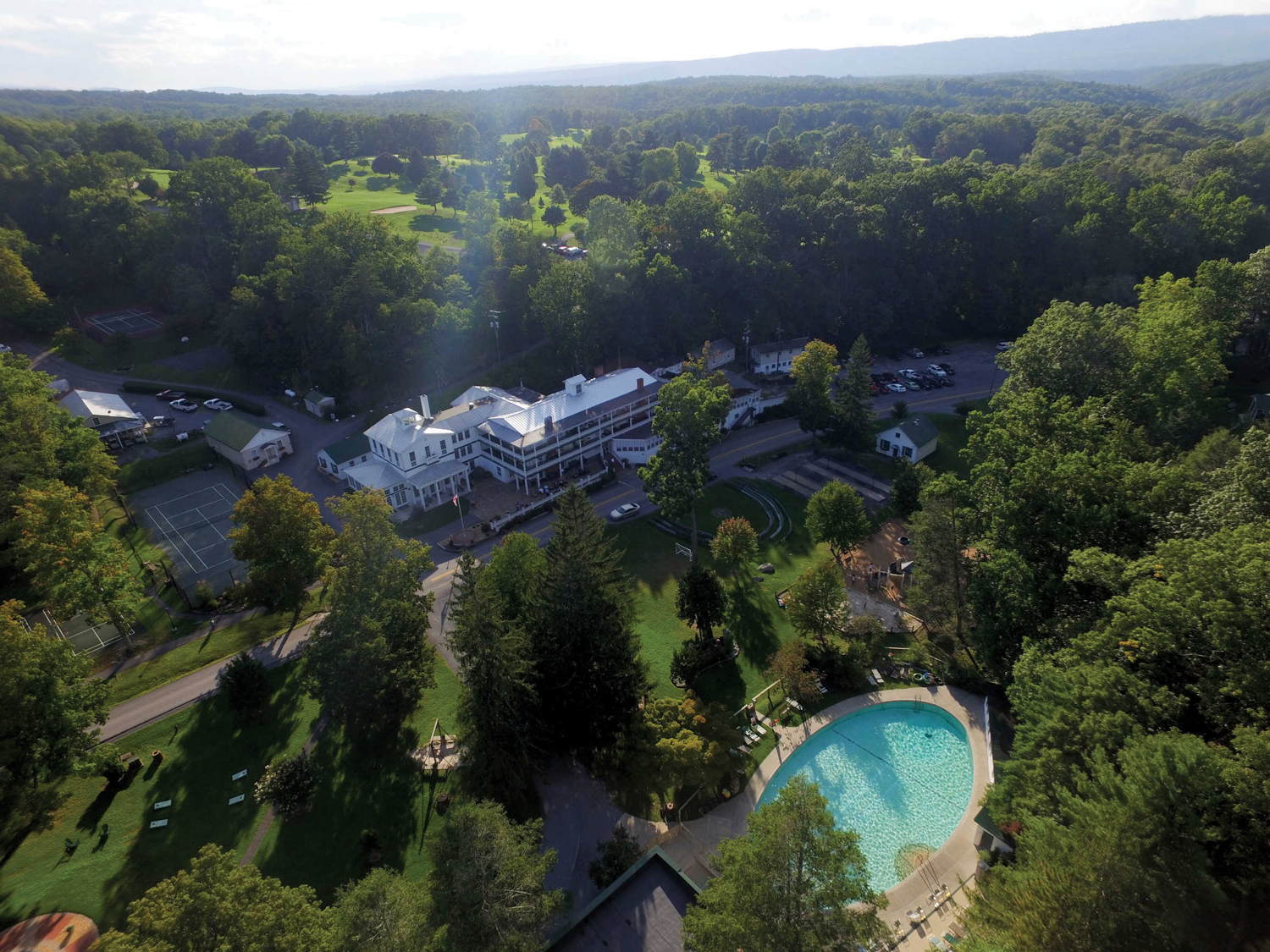
Capon Springs in West Virginia has been welcoming guests – including George Washington – since 1747. Its inn and other accommodations date to the mid-1800s. The allure is the area’s crystal-clear water. Photo courtesy of Capon Springs.
As you will discover, the spotlight now shines on local hiking trails and adventure outfitters; hotels that offer bikes for local jaunts; and regions that stress necessities like healthy food, fresh air and clean water. In destination guides, wellbeing of the body, mind and spirit now receives as much attention as museums and nightlife. After I noticed the trend, I began to see it everywhere.
The U.S.-based Global Wellness Institute defines wellness tourism as “travel associated with the pursuit of maintaining or enhancing one’s personal wellbeing” and separates the classification into those who travel primarily to seek wellness opportunities and secondary wellness travelers who participate in experiences while visiting a location for business or leisure travel. I am of the secondary category. The institute estimated wellness tourism as a $639 billion global market in 2017; the phenomenon grew twice as fast as “general” tourism between 2015 and 2017.
Over the past year and a half, I sought out a few wellness-travel destinations and found a locale deeply attached to nature, a luxury community embracing all visitors (including canines) and a historic resort built on the reputation of its spring water, all within a day’s drive of Lancaster County.
Hocking Hills, Ohio
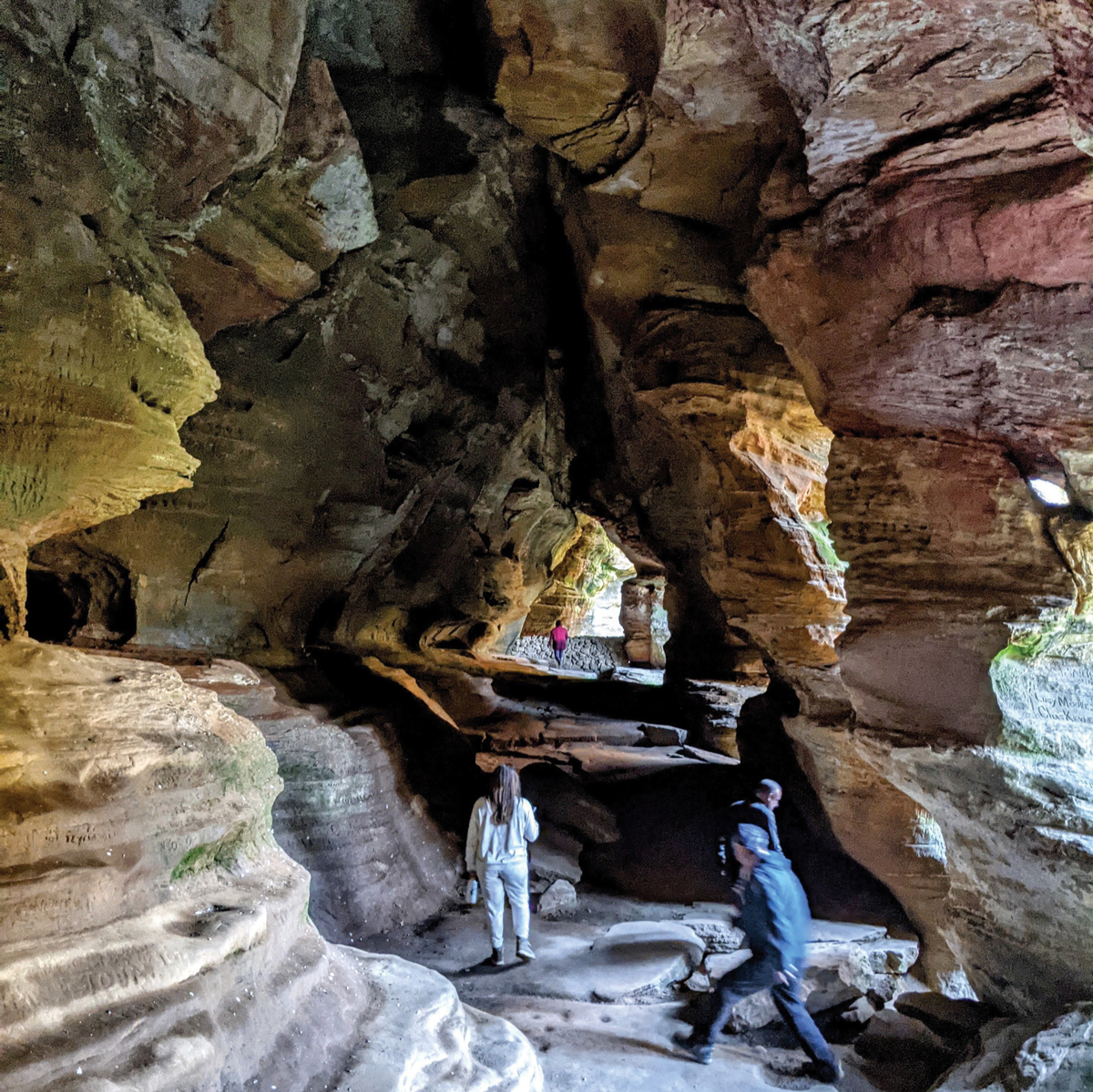
Old Man Cave in Ohio’s Hocking Hills State Park is actually a series of massive outcroppings, earthen throughways and natural water-wonders.
I cheated the seven-hour drive and flew into Columbus on my way to visit the Hocking Hills area of Ohio, which I had heard embraced ecotourism and wellness travel through its natural riches. The Hocking Hills area is, in fact, a series of deep gorges formed by the glacial cycle of 100,000 years ago. This process bestowed upon the area a moist, cool climate, which preserved by old growth forests and responsible land management, still exists today. Nature lovers began trekking to Hocking Hills in the late 1800s and today more than 3 million visitors descend on the area year-round. During a visit last fall, I learned Hocking Hills is nature – from apple picking in an orchard to ziplining through the treetops.
My first stop was at Hocking Hills Orchard on the rolling grounds of Four Seasons Cabins outside the ordinary American town of Logan. At the orchard, Derek Mills’ serious passion for apples is on display as he invites folks to “come taste history” through his 1,700 varieties growing on the property. He has been growing apples since 1983 and every apple, whether it is the well-known Honeycrisp generally found in grocery store displays or the rare and ancient Decio with roots in ancient Rome, costs the same at his orchard. After some of Mrs. Mills’ awesome apple pie and then lunch at an Amish market (seriously), I headed over to the “Midwest’s first canopy zipline” to get an aerial view of my surroundings. Hocking Hills Canopy Tours started in 2008 and I thoroughly enjoyed my time with our hilarious guides as we zipped through the woods near Rockbridge along the Hocking River.
At the forefront of natural attractions in this area is Hocking Hills State Park, which today encompasses 2,356 acres with 25 miles of trails. Most of the trails are an easy and comfortable hike. The park was founded in 1924, when the state purchased 146 acres to preserve what had become known as Old Man’s Cave, aptly named after someone decided to make the area their home. Old Man’s Cave is not just one cave, but a series of massive outcroppings, earthen throughways and natural water-wonders. Tectonic uplift and stream erosion helped carve today’s rock formations, waterfalls and recess caves from the Blackhand sandstone of the area.
Stepping off the park’s paved welcome area onto the trail entrance, visitors are immediately gifted an overlooking view of the gorge where Old Man’s Creek drops 25 feet into a picturesque pool below. A short hike down and visitors find themselves on the shore of this pool, eager to take snapshots and selfies to capture the beauty of the scene. I did. The rest of the route is an intersecting loop of several trails winding over beautifully designed bridges and rock stairs, past sights like the Sphinx Head and the Devil’s Bathtub.
Fifteen miles north of the state park is High Rock Adventures, where the group I joined got in touch with nature through the expert guidance of naturalist Steve Roley. As the wind picked up and an early fall cold front moved into the area, we got an abbreviated forest-bathing experience, but it was one I will never forget. National Geographic calls it “the secret to mindful travel,” but forest bathing began in Japan in the 1980s – under the name shinrin-yoku – as a way to escape technology. The experience is simple: just walk into any natural environment (in this case the acres of near-pristine land owned by Steve’s eco-centric tour company) and consciously connect with whatever is around you – moss, trees, dirt …
With Steve as our guide, we skirted the edges of massive rock walls, learned how his stewardship keeps the area pristine and, well, natural (as we clamber over a fallen tree decaying across the trail), and even sampled native flora as he educated us on its uses.
Back at his office, where a group of climbers was gearing up to tackle the rock face I saw earlier, I picked up a bottle of Lion’s Mane mushroom tincture. I am a huge fan of the fungi’s medicinal properties and Steve and I had a quick conversation about its benefits; he makes the tinctures himself.
Hocking Hills offers a variety of ways to get in touch with nature other than those I mentioned, including horseback riding, fishing and bird watching. I also enjoyed a bit of luxury during my stay, visiting Hocking Hills Sauna Pods, the Hocking Hills Serenity Salt Cave and the Inn & Spa at Cedar Falls, where I stayed in a jacuzzi cabin tucked away in the private, wooded hills. (Cedar Falls itself is part of the Hocking Hills State Park.)
To learn more, visit Hocking Hills’ website at hockinghills.com.
Pike & Rose, Maryland
The planned community of Pike & Rose is a commercial center near the Washington, D.C. suburb of Bethesda, Maryland. It is its own little world in a sea of commuters, hurried traffic and those simply going from point A to point B. What could be relaxing about this? Well … near the center of Pike & Rose, which only occupies 379,000 square feet – roughly nine blocks – stands the Canopy by Hilton Washington DC Bethesda North, my base of operations for a weekend this summer. Ignoring the long name, the most important thing to know about this respite location is that it serves as an idea test market for parent company Hilton.
During my stay I learned more about the newest Hilton brand, Tempo. This Canopy temporarily offers Tempo wellness rooms, which come equipped with a Peloton spin bike, yoga mat and resistance bands; Apotheke bath amenities; a Therabody Theragun Elite and Wave Roller; and Elevated Tea Co.’s CBD tea with an electric kettle. In addition, the hotel has a gym that is open 24/7. I sat down with Director of Sales Justin Walsh over some morning coffee at the hotel’s skateboard- and ’80s-themed restaurant, Hello Betty, to get the advance on the new rooms.
“Tempo is the newest lifestyle brand by Hilton,” explains Justin. “A lot of this is research and development, gathering guest impressions… We are the only hotel able to use Peloton branding. All 10 Tempo rooms have Peloton bikes.”
The first Tempo hotel is expected to open late 2022 in New York City.
“It is all geared towards ensuring that wellness stays at the forefront for those who want to have that constant access,” continues Justin. “The Tempo branding is geared toward millennials who want to keep their fitness in the forefront and are active Peloton members. But we also hope it will pique the interest of those who are just curious about the Peloton and make them first time riders.”
The Canopy is one of those hotels with a spa attached, so it was only right to perform my due diligence and report to Privai for a custom massage. With an emphasis on “wellness for the whole being,” Privai was relaxing and welcoming from the moment I walked in the door and was served a hot, scent-infused bamboo towel to clean my hands and face. I left feeling completely relaxed and refreshed after my personalized, world-class spa experience. Co-founded by Christina Stratton and Ilana Alberico, Privai launched in 2021 and has four locations in the DMV area.

Pike & Rose in Bethesda, Maryland, is home to a Canopy Hotel by Hilton. Canopy serves as a test site for Tempo, a lifestyle-brand hotel devoted to travel wellness, as rooms are equipped with Peloton bikes, yoga mats, resistance bands and more. Photo courtesy of Hilton.
During my stay I had the use of one of the hotel’s bikes – the kind with actual wheels – which I could use to travel outside of the Pike & Rose limits and discover features I would easily miss from a car, like the Bethesda Trolley Trail. This urban hiking trail, which leads from Pike & Rose to the center of Bethesda, consists of paved paths and pedestrian bridges crossing major highways.
There was plenty to do in Pike & Rose in one weekend without getting on the bike or in the car. Getting outfitted for the great outdoors is easy at L.L. Bean and REI, two of several upscale shops located within walking distance of the hotel. Foodies can delight in a range of options from a “Jew-ish” deli breakfast to an Asian-fusion lunch followed by a classic fine-dining experience at Julii.
Pike & Rose (as well as the hotel) is dog-friendly. Dog lovers can satisfy their dogs’ need to interact with their four-legged friends at Bark Social, which is billed as the East Coast’s first dog bar. After signing a quick waver, I made my way through the gates into a world of paw prints and happiness, where the self-serve beer taps flowed and dogs were allowed to be dogs. The world was good. As a dog lover, I was in my happy place.
News Flash: Hilton announced in late July that it is expanding its emphasis on wellbeing travel. Its latest introduction is the Green Room Concept, which is being test-marketed at the Canopy in Bethesda. Guests can enjoy the holistic benefits of plants while traveling. The adventure starts in the hotel lobby, where you’re greeted by a two-story moss wall. Guest rooms are outfitted with “strategically curated” plants that include herbs, aromatics, air plants and preserved-moss installations. Working with REWILD, a D.C.-area plant and flower studio, Canopy is helping guests to de-stress, boost productivity, improve their moods and enjoy fresh indoor air. Herbs and other aromatics are incorporated into teas and cocktails, as well.
For more information, visit canopybethesda.com.
Capon Springs, West Virginia
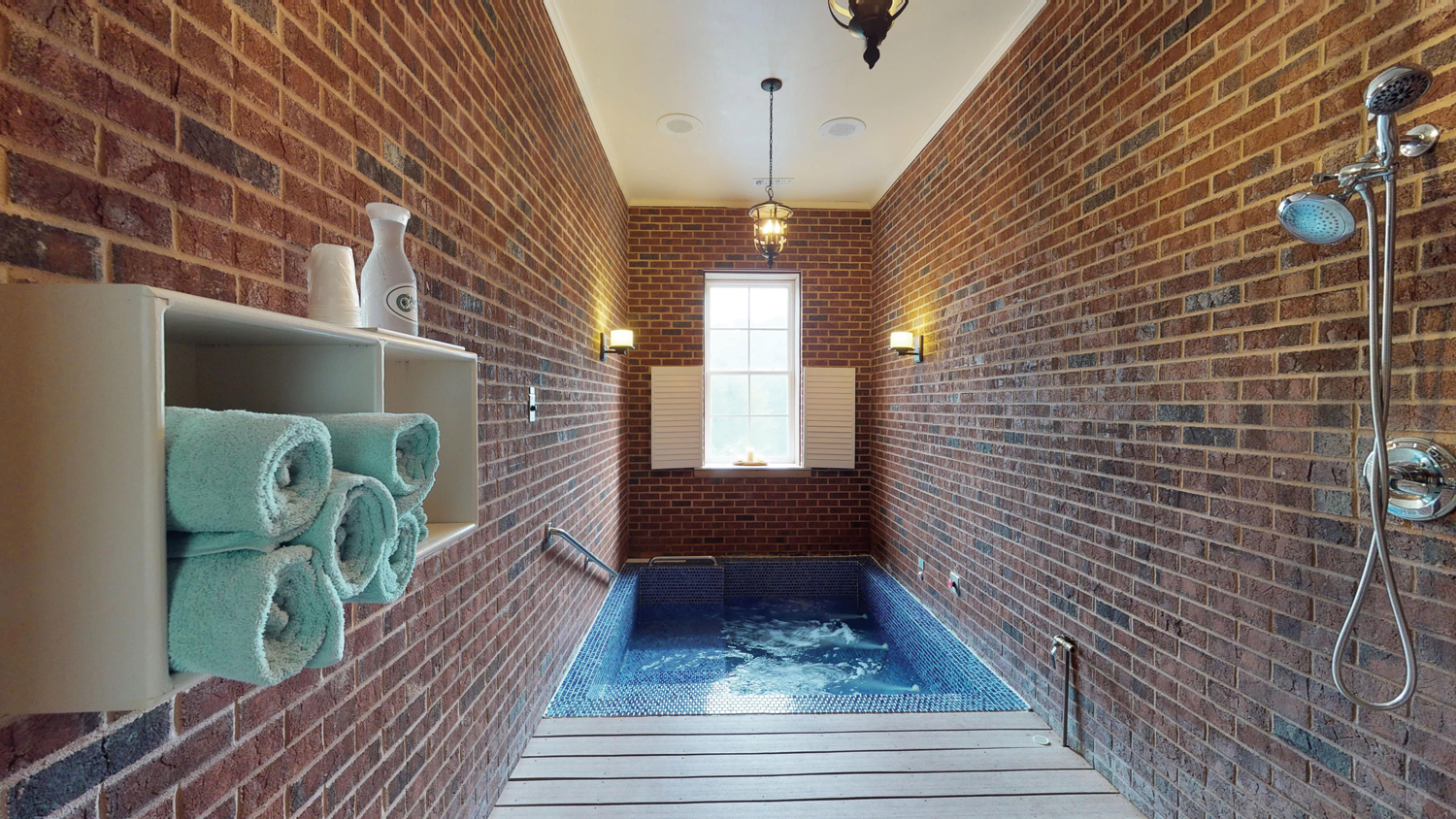
The interest in water-related health and fitness benefits has prompted Capon Springs to maintain year-round hours for its spa due to the unprecedented interest of day-trippers and vacationers alike. Photo courtesy of Capon Springs.
I met Jonathan Bellingham at a travel writers conference several years ago and I immediately knew I wanted to visit the all-inclusive mountain resort he owns in West Virginia. I was intrigued because Capon Springs is all about the water.
The town of Capon Springs (pronounced “cape-in” not “kay-pon” like the rooster) was originally named after its founder, but after several changes settled on a name embracing the heritage of its famous springs. In the late 18th century, before it became Capon Springs, an acre of land in this area sold for $900 worth of gold because of the natural spring water, which doctors prescribed as a treatment for all sorts of ailments. West Virginia even had to pay Virginia for the loss of the springs when it seceded from the commonwealth in 1863.
There is no secret ingredient in the Capon Springs H2O; it is all about the pH (the concentration of hydrogen ions in a liquid), which resides just over the neutral zone. Water with a pH of 7 is considered neutral and pure. This water is neither acidic nor basic and is the building block of healthy kidney function. Geologically, the spring rises to the surface between two vertical synclines – the trough of compressed earth’s crust – and passes through a natural filter of sandstone. From rainfall to reservoir to spring, the cycle takes approximately 70 years. When at peak capacity, the resort uses 65% of the spring’s water flow, which runs at 60 gallons per minute.
Designed to resemble a 19th-century village, everything in Capon Springs is within walking distance of the “town square.” Old-fashioned recreation like shuffleboard and croquet center around the meal schedule, which is a communal experience and features farm-fresh meats, produce and baked goods.
“We like to say we are a kinder, gentler era. Architecturally, guests are stepping back in time because the majority of the buildings were built between 1850 and 1890,” says Jonathan, whose family has operated Capon Springs and Farms since 1932. The 4,700-acre site is listed on the National Register of Historic Places and includes a golf course. “We have third- and fourth-generation guests, people whose parents’ parents started coming here and they have been reserving the same week for generations.”
This year the resort’s spa opened year-round for the first time. Demand was high. Jonathan knew people were looking to discover healing water in the U.S. and Capon Springs was there to fill the need.
“It feels like we’re trending upward. People are driving two hours, making a day trip, just for a half-hour soak in our baths. I find it remarkable,” he says. “We are now looking at the spa as not just an add-on, but a way to introduce people to the resort and our water. It feels like a renaissance, the way people are connecting to the water.”
Capon Springs is located in northeastern West Virginia, only 20 miles from Winchester, Virginia. According to the U.S. Census Bureau, the Eastern Panhandle of West Virginia is one of the fastest-growing regions in terms of population and housing. Yet, with its embodiment of days gone by, Capon Springs remains a testament to simpler and easier times, before cell phones and Netflix, when family gatherings were a daily event. “Change comes slowly here. We are a place that is frozen in time. But we might add some new things here in the future. We added an escape room in 2021 and it was so popular we are adding a second one. We don’t make big decisions without testing the waters,” says Jonathan, pun intended.
For more information, visit caponsprings.net.

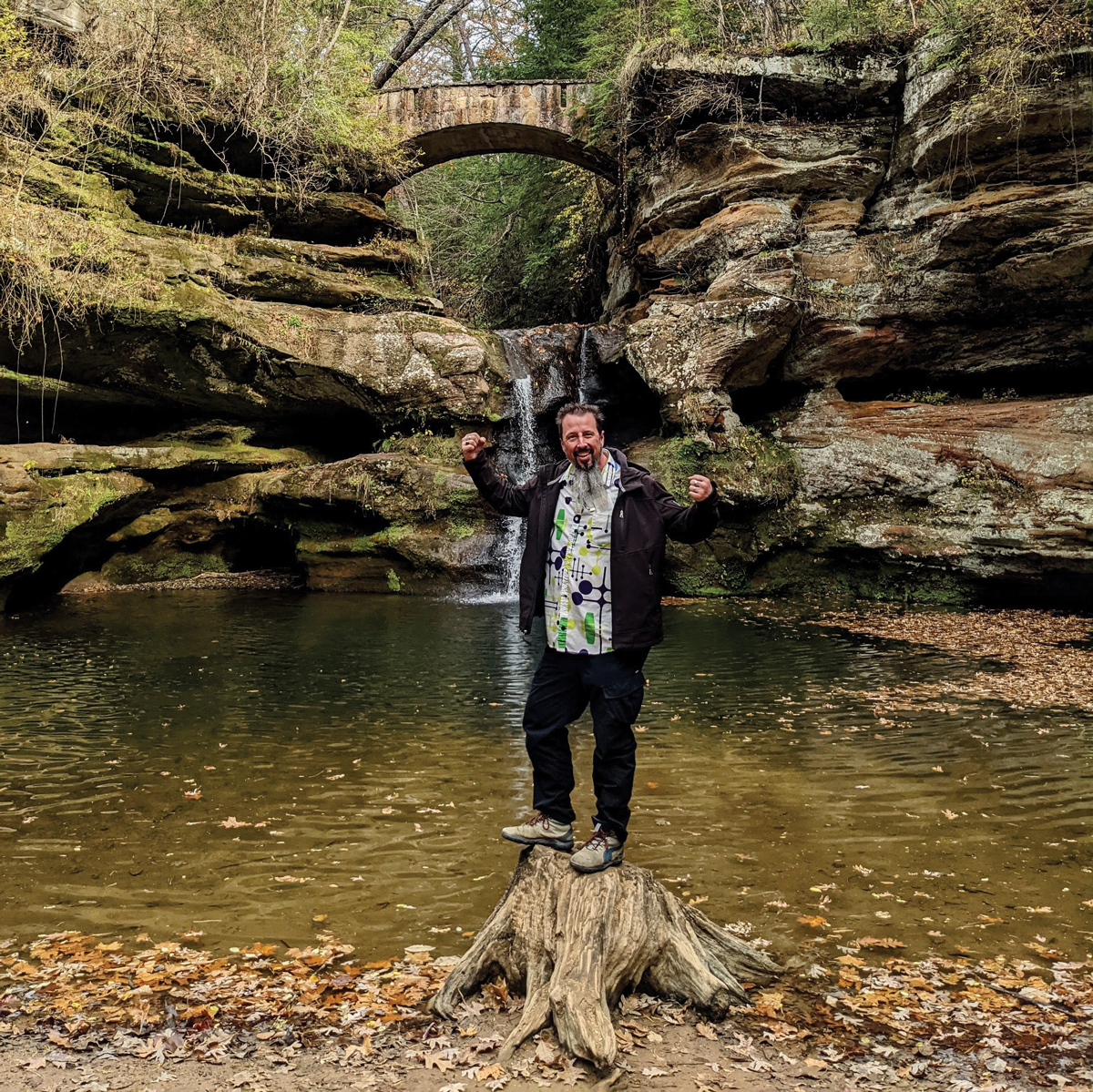
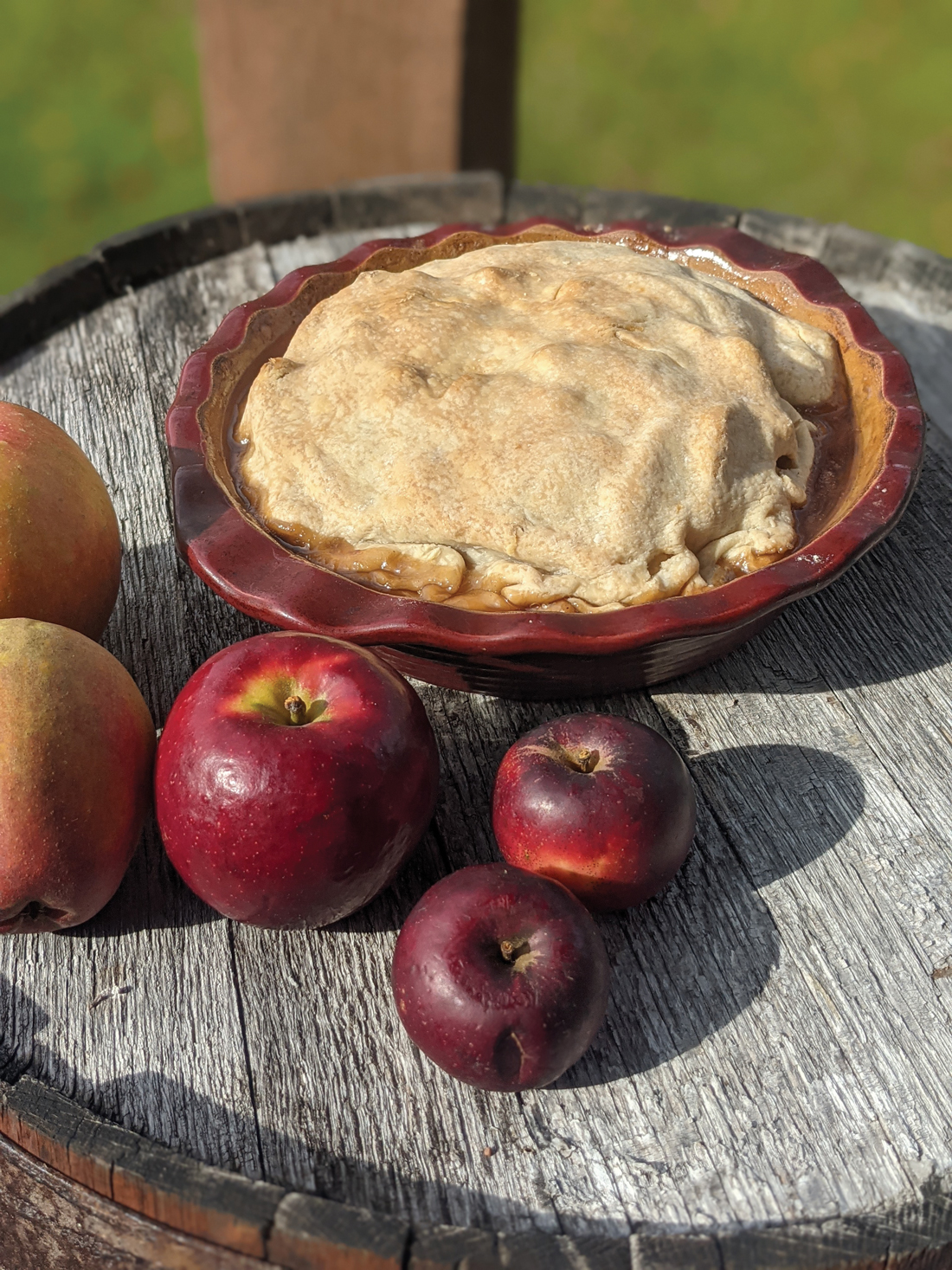
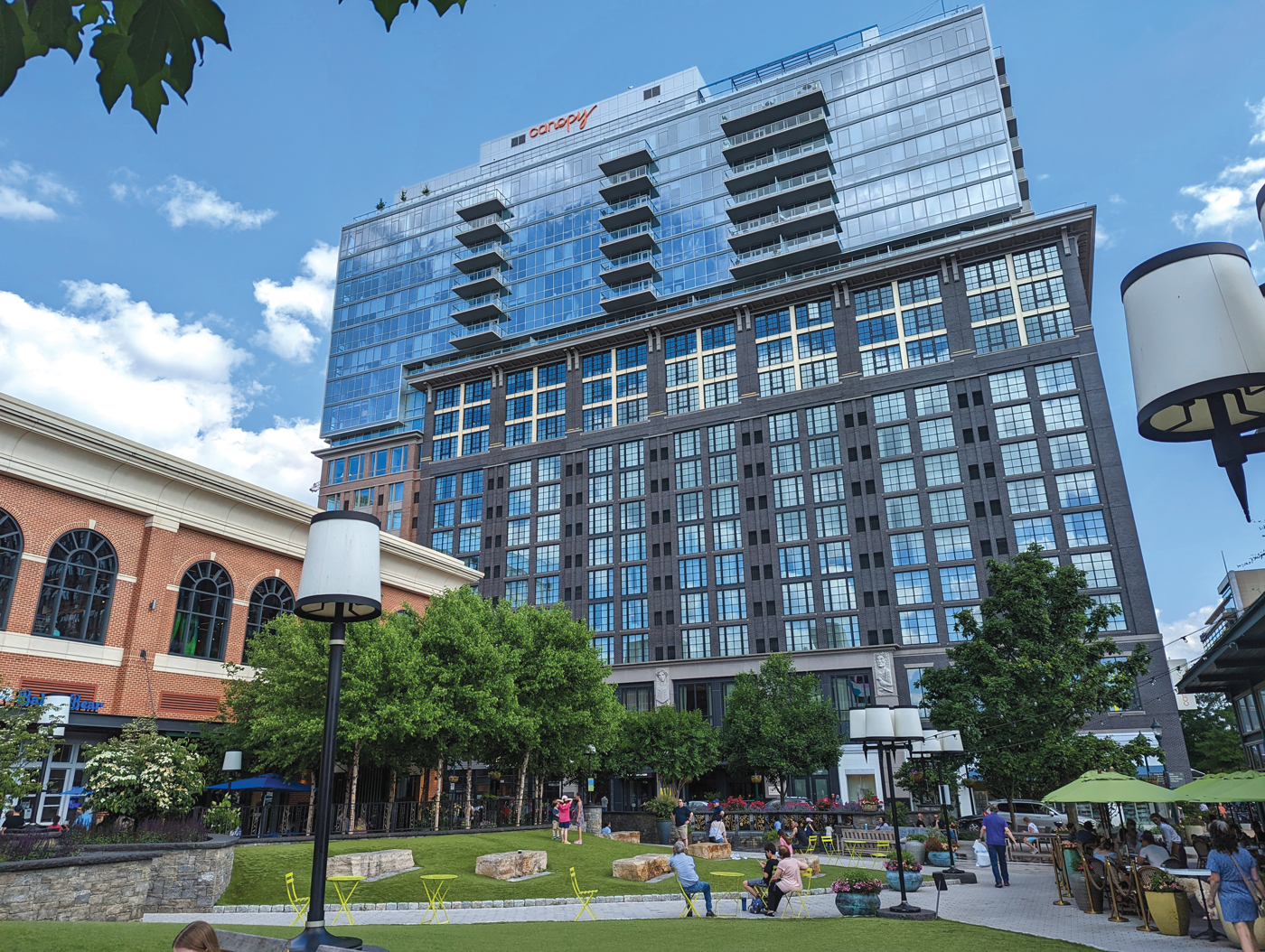
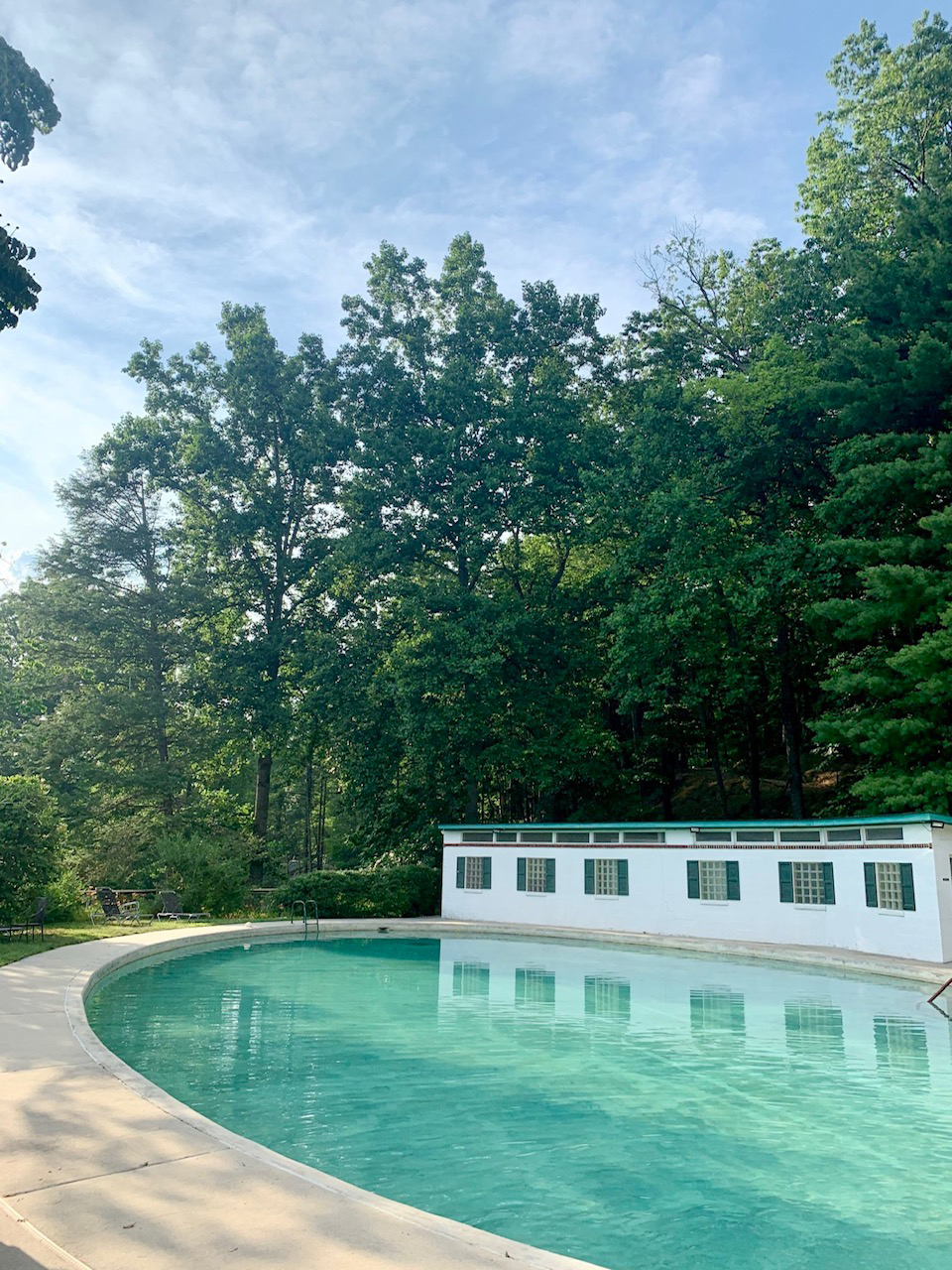
Leave a Reply